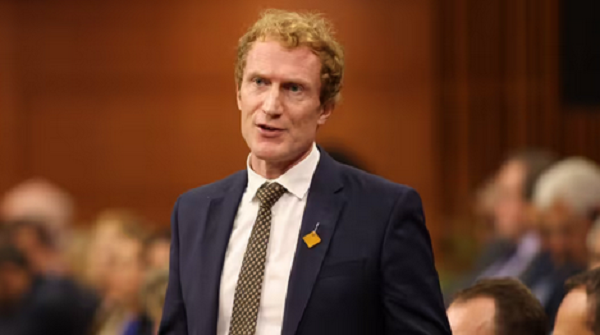About 10% of people in B.C. are non-permanent residents as Canada’s population growth cools slightly
Canada’s population growth, which has largely been driven by temporary immigration, has finally started to show signs of slowing – albeit from light speed to mere rocket speed.
In the third quarter, Canada’s population grew by 3 per cent compared to the same period the year before, which was a slightly slower rate than the annual increase in the second quarter. It was the first quarter in which annual population growth didn’t accelerate since the start of 2021.
The slowdown comes as the federal government clamps down on record inflows of non-permanent residents, or NPRs, including caps on foreign student visa approvals and cuts to the number of temporary foreign workers. Ottawa has set a target for NPRs to account for more more than 5 per cent of Canada’s population by 2027.
Yet the latest population estimates from Statistics Canada drive home the challenge the government faces to reach that target. As of July 1, the NPR share of Canada’s population jumped to 7.3 per cent from the year before.
In B.C., NPRs now make up 9.3 per cent of the provincial population, according to Statscan’s estimates. Ontario has the second-largest share at 8.5 per cent. PEI, Nova Scotia, Quebec, Manitoba and Alberta are all above the 5-per-cent level, and in the third quarter, PEI was the only province where the NPR population wasn’t growing at double-digit rates.
Indeed, as of the latest quarter the net inflow of NPRs was just under 118,000, or 465,000 on a seasonally adjusted annual basis, according to a research note from Bank of Montreal senior economist Robert Kavcic. That’s a big decrease from last year, but still enough to add a full percentage point to annual population growth, raising questions about the federal government’s ability to meet its NPR target.
“If they are to meet the targets they have previously guided toward, we would expect to see net NPR flows turn negative in the years ahead,” wrote Mr. Kavcic, with more temporary residents leaving after their visas expire than are admitted.
This article was first reported by The Globe and Mail











